Material Discoveries at Milan Design Week 2023
Milan Design Week returned to it’s traditional April slot this year following years of disruption caused by the pandemic. As we reported after the event, whilst the Salone may have not have truly delivered in pushing the industry agenda forward – not least in terms of sustainability practices – there were still a number of innovative material developments to be discovered that push the ballot a little further.
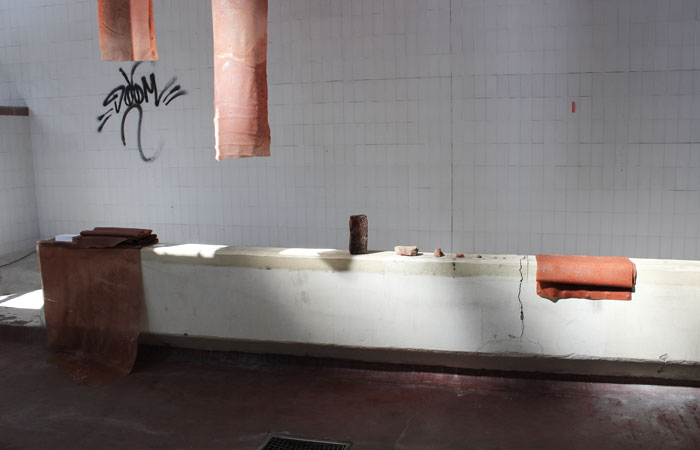
Brick Textiles, Natural Material Studio and Zuzanna Skurka
Brick Textiles, a collaborative material investigation between Danish brand Natural Material Studio and Zuzanna Skurka is both a conceptual and physical project. The ubiquitous building blocks have long had positive attributes attached to them, not least being solid, protective and structural and indeed, to be called a “brick” implies that you’re solid and someone who would help a friend in a time of need. Like many ancient human-made materials, bricks go through a transformative process whereby raw ingredients are mixed together and fired with intense heat, and whilst there are many variations on the cuboid, they remain relatively true to their original form.
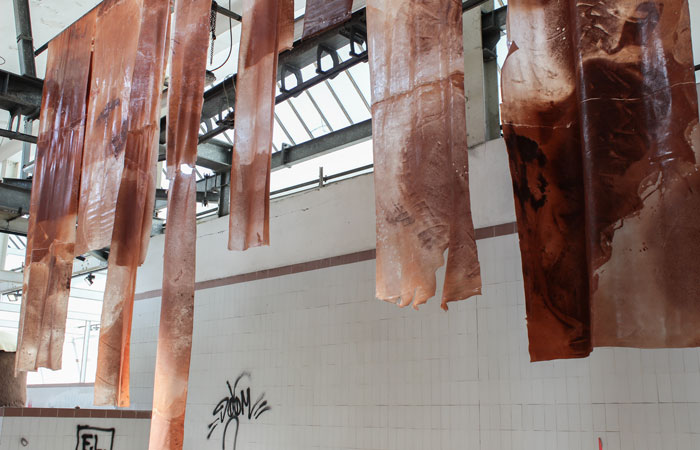
Brick Textiles, Natural Material Studio and Zuzanna Skurka
And yet whilst omnipresent in our contemporary built environment, which is teeming with various materials, the humble brick is often overlooked to the point of near invisibility. The concept for the project looks to readdress this by “weaving bricks back into architecture,” although this is not necessarily in the form you might expect. The duo posed the question, “What if bricks could also represent the opposite qualities and properties – soft, flexible, tactile, transparent?” within the built environment.
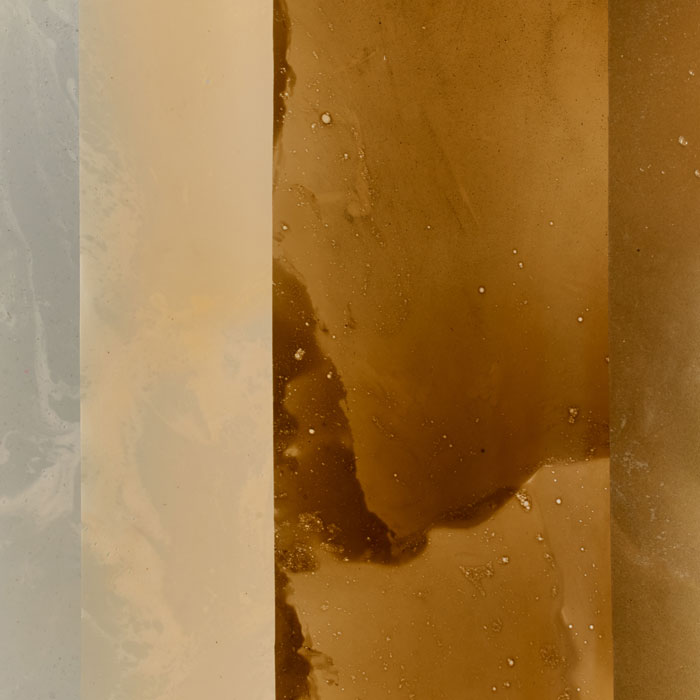
Natural Material Studio
Mixing post-demolition brick waste with Procel, a protein-based biopolymer fused with a natural softener and pigments, they have created a material more akin to textiles that construction. It’s the kind of cross-disciplinary approach to materials that you would expect for both studios, which straddle science, technology, design and art. Indeed, Natural Material Studio’s portfolio includes an extensive array of fascinating material-led projects, including the introduction of Procel as packaging for Calvin Klein, as well as investigations into alternatives to foam and ceramic that, like Procel, utilise naturally occurring and biodegradable ingredients.
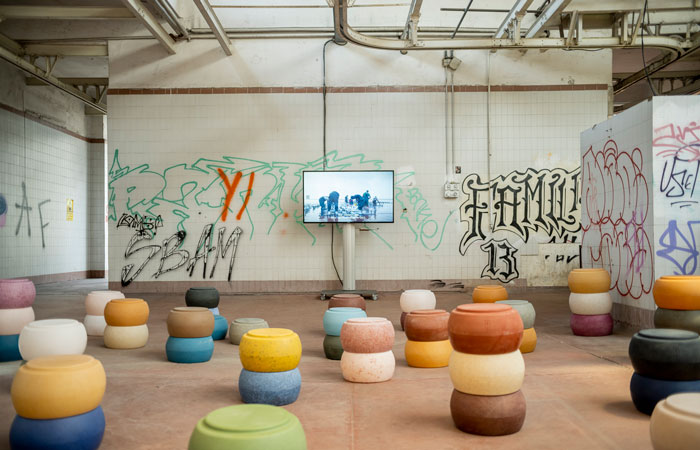
Atelier Luma
As we’ve reported in the past, biodesign lab Atelier LUMA, a subsidiary of the jam-packed program at LUMA Arles, are also intent on discovering how natural resources can be used to create new materials in a genuinely sustainable manner, not least those that are found in the local surroundings of Arles in France. The city and research lab are nestled among the bioregions of the Camargue, the Alpilles, and the Crau, which are home to many natural resources and much local knowledge of how to use them. Once again, it’s a multi-disciplinary team and the showing at Milan was equally multiplicitous in terms of the output, with sound, light, colour and textures combining to create a sensitive and intriguing set of installations. Each of the 5 unique spaces evocatively engaged the senses, with rice straw, salt, textiles, wool, algae and agricultural byproducts all providing an insight into the rich offering from the region. The latter 2 were used to form curved seating for the talk space, with a beautiful array of naturally created colours at play creating a playful vibe, with visitors even invited to move the stackable objects at their leisure.
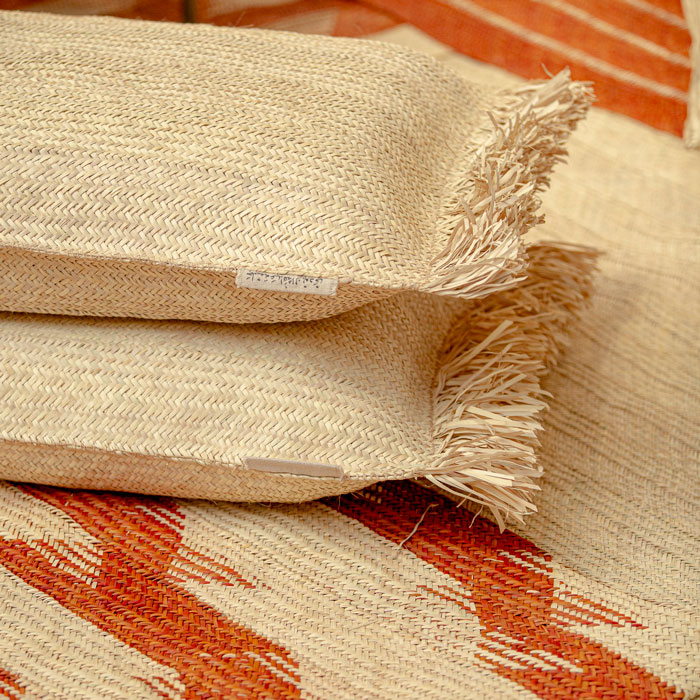
Atelier Luma
The displays included a mix of material outcomes, with plant-based shoes sitting alongside upholstery fabrics. Middle Eastern materials, including palm fronds, were also used to reimagine a traditional sitting area, where fragrances evoked desert landscapes.
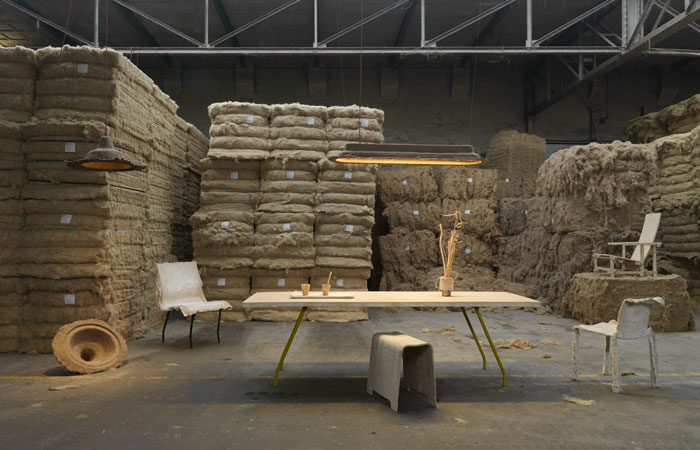
Material Magic: Exploring Hemp
Carrying on its tradition of highlighting cutting-edge design and bringing together practitioners who are inquisitive as to how we might adapt our material production for the sake of a better world, the Isola Design District continued to deliver at this year’s show. A prime example of this came via the stand-out exhibition Material Magic: Exploring Hemp. Once again there was a collaborative emphasis to the project, with Minerva Art Academy students led by Jack Brandsma and Innovation Hub East Groningen (IHOG) combining forces to explore the fullest possibilities for the super-plant and all-round wonder material, hemp. IHOG is an excellent example of industry breaking down barriers and pulling together with three major companies from the Province of Groningen in the mix.
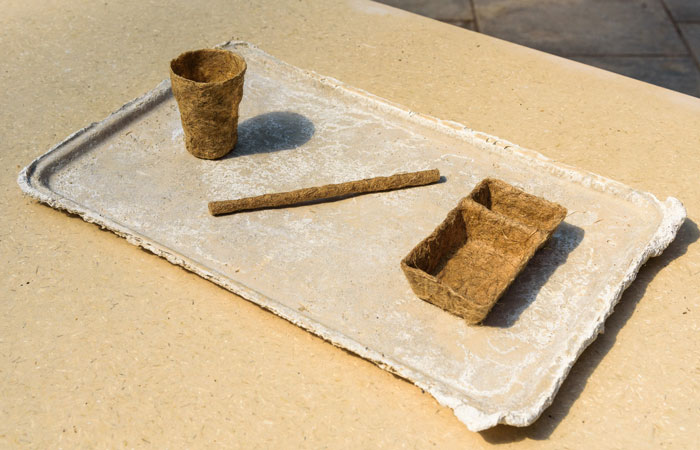
Material Magic: Exploring Hemp
Nedmag, who specialise in magnesium salts and Avebe, who know a thing or two about potato starch have joined Hempflax to form the research and innovation space and they supplied their specialist materials for the team to experiment with. The formable material composites they created were turned into 3-D lighting, chairs, vessels and even a chunky tabletop. By controlling the material recipes in this way, and by excluding synthetic binders customarily used with hemp reinforcement fibres, the prototypes represent a far more sustainable solution.
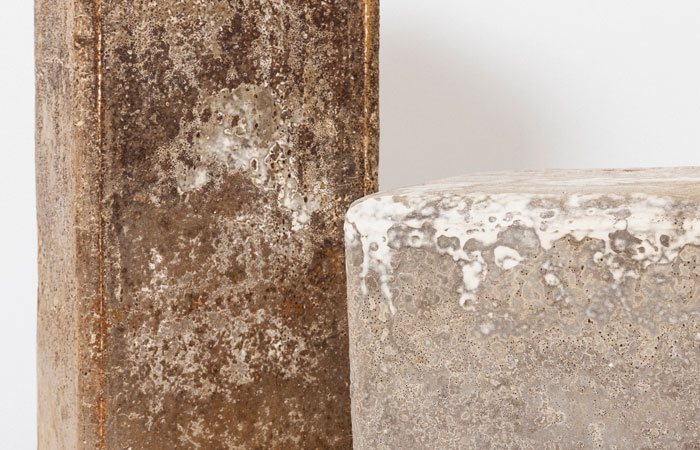
Singapore Blox
Milan couldn’t call itself the leading design event of the year without there being some mycelium on display, and once again Isola ensured that this was the case. As the name suggests, Myceen specialise in mushroom-based material developments and as such were selected to showcase their wares in The Circular Village. Located in the Regione Lombardia Square, the event played host to projects that aim to have a minimum environmental impact in terms of their production, which mycelium has become synonymous with in recent years. Myceen are currently focused on developing materials for the built environment and their Singapore Blox stools on display are a testament to how working with the ancient natural substance can help to capture carbon and manufacture more sustainably. The growth of the root system, which can be encouraged to bind other organic matter such as wood sawdust, is stopped by drying it. This in turn renders it inert so that no further fruit is grown and the end product is inflammable and has excellent acoustic properties. Once again, forgoing the need for synthetic binders or anything but organic substances means the stools can be composted when they reach the end of their life cycle, making their production entirely circular.
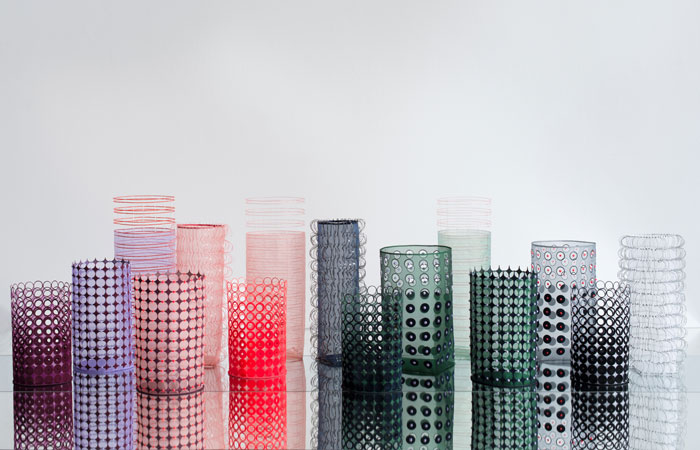
Elsewhere within the Isola Design District, a project of a very different but still innovative variety resided in the Tools and Craft section. Leipzig-based Studio OODD, formed of fashion and textile designers Susanne Ostwald and Magdalena Sophie Orland, are another example of a studio with a multi-disciplinary approach to material development and design. Their series of textiles titled Landmark are rich in surface relief but also offer the opportunity to create 3D vessels through simple manipulations. Drawing inspiration from architectural structures, transparent silk organza is worked into and onto to create a number of varying textures and surfaces that are akin to filigree objet. The finally detailed material combinations bring a contemporary aesthetic to traditional craft and can be used as interior installations as well as fashion.




